Motorcycle Fuel Pump Not Working? (Try These 5 Fixes!)
It has been over 43 years since the electronic fuel injector (EFI) was introduced in two-wheelers. Kawasaki first implemented this technology in 1980 on the Z1000 Classic model.
EFI is a complex system compared to a carburetor, but it has numerous benefits, like high fuel efficiency, high power output, better throttle response, and reduced emission.
Due to numerous benefits, all motorcycle manufacturers stopped manufacturing carbureted engines and shifted to fuel injector systems.
A pump is installed in the tank to pressurize the fuel before supplying it to the fuel injector nozzle. But, if the fuel pump fails to prime the fuel line, your motorcycle won’t run.
In this guide, I’ll explain why your motorcycle fuel is not working and how you can fix that.
Table of Contents
Why Is My Motorcycle Fuel Pump Not Working?
A fuel pump on EFI motorcycles supplies pressurized fuel (gasoline/petrol) to the fuel injector nozzle.
The fuel injector atomizes and mixes the fuel with intake air before entering the combustion chamber. Moreover, the ECU (Engine Control Unit) decides and maintains the air-fuel ratio after a complex calculation.
A failing fuel pump will create problems when starting the engine, or your motorcycle will feel like it is losing power when accelerating.
If your motorcycle fuel pump is not priming, it could be due to several reasons, including a blown fuse, defective pump relay, broken wirings, faulty kill switch, degraded battery, and defective pump motor.
Here are six main reasons why a motorcycle fuel pump does not prime:
- Blown fuse.
- Faulty pump relay.
- Broken wires.
- There is a faulty kill switch button.
- Degraded or aged battery.
- Defective pump motor.
Now, you know why a motorcycle fuel pump fails to prime. Let’s find out how to fix recognize and fix the issue.
What Are The Signs Of A Failing Fuel Pump?
I will tell you the step-by-step process to fix failing fuel on a motorcycle, but before that, let’s understand some signs and symptoms that indicate your fuel pump has gone wrong.
The most apparent symptom is your motorcycle won’t start if the fuel pump doesn’t work. Of course, everyone knows that.
The fuel injector needs a pressurized fuel supply to atomize and mix with air before sending it to the combustion chamber.
These are some other symptoms of a failing fuel pump on a motorcycle:
- The motorcycle engine faces difficulty in starting.
- The motorcycle feels like it is losing power when accelerating.
- The motorcycle engine stops while idling.
- Your motorcycle will get poor MPG.
- The malfunction indicator lamp (MIL), aka Check Engine Light, will glow.
How To Fix Failing Fuel Pump On A Motorcycle
As I told you earlier, the fuel pump is essential for fuel injector-based motorcycles. If the pump fails to supply gasoline to the fuel injector, your motorcycle won’t start.
But, sometimes, minor problems also cause a failing pump. Here are some easy methods to troubleshoot a failing motorcycle fuel pump.
1. Check Fuse Box
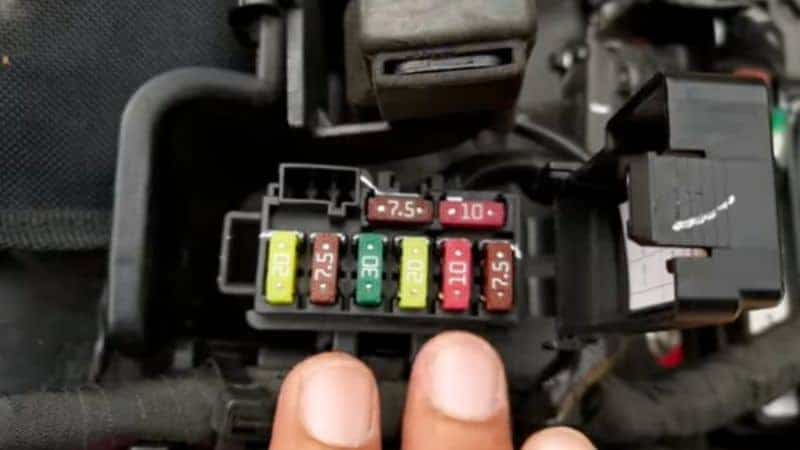
I’m sure you know the importance of ‘fuse‘ in electrical circuits. The fuse is a circuit protection device that melts and prevents major damage due to overcurrent.
Motorcycles also have fuse boxes to prevent major electrical failures due to high amperage. If your motorcycle fuel pump is not working after turning on the ignition key, there is a high possibility that your pump fuse is blown.
Inspect the fuses and replace the blown ones to keep your fuel pump working. The fuse box has several spare fuses, so match the amperage rating and replace the blown pump fuse.
2. Replace the Fuel Pump Relay
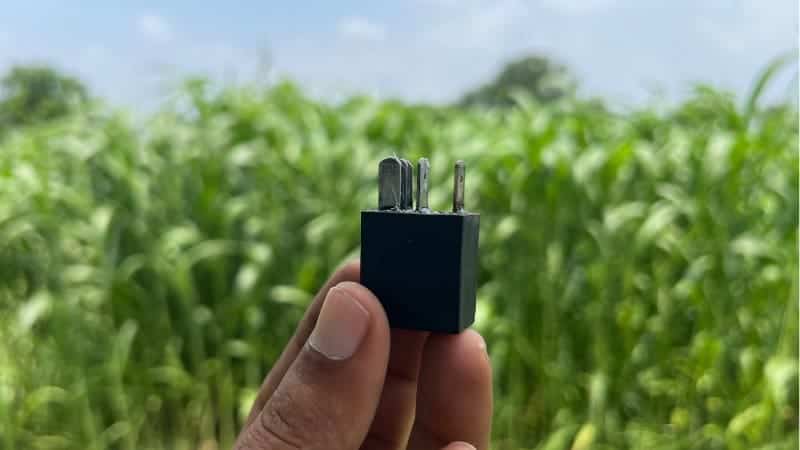
A relay is an integral electrical circuit switch for controlling the power supply efficiently. Your motorcycle’s fuse box has a fuel pump relay controlled by Powertrain Control Module (PCM) that provides current to the fuel pump when the ignition key is switched on.
If your fuel pump relay stops functioning, the fuel injector doesn’t receive pressurized fuel, and your motorcycle engine will face starting problem.
You can test the relay with a multimeter and replace it if it’s faulty. Install a new relay with the same type and amperage rating. I would advise you to install an OEM relay for better reliability.
3. Fix Broken Wires
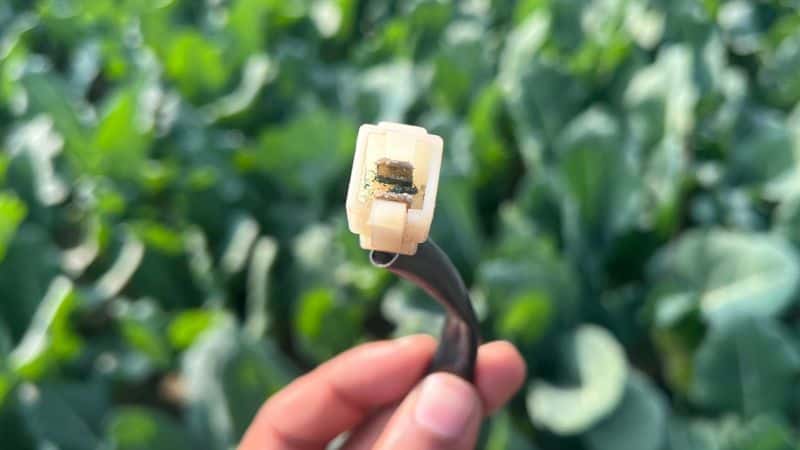
If you look underneath your fuel tank, you’ll find plenty of wires connecting different electrical systems.
Sometimes, the wire connecting the fuel pump and the battery is broken, or the female connector’s wiring is burned or shorted.
This could lead to a failing fuel pump on a motorcycle. It is tough to spot the broken wire in the harness because plastic coverings wrap them together.
However, unplug the fuel pump wire connections and check the voltage with a multimeter. If the multimeter doesn’t show any readings, it means the pump wire is broken.
You can follow the wire connecting your fuel pump and fix it if they are short-circuited or broken somewhere.
4. Inspect the Kill Switch
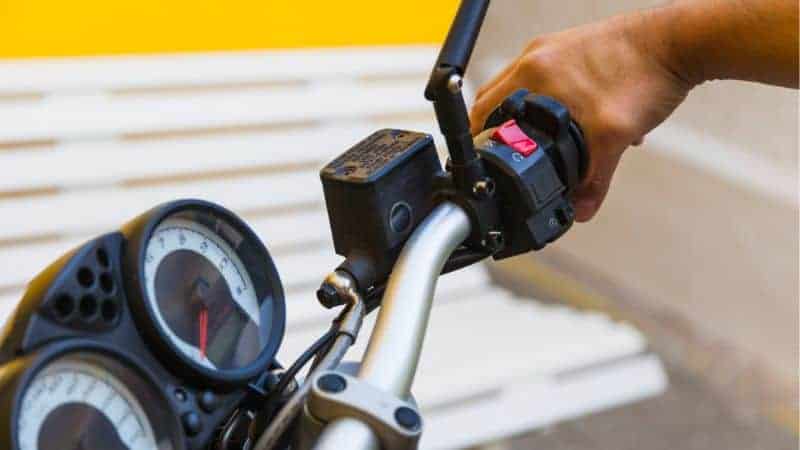
A kill switch on a motorcycle aims to switch off the engine without taking your hands off the handlebar. (Click here to read my detailed guide on kill switch)
The kill switch cut off the power supply to the fuel pump and CDI to stop the engine in an emergency. But, if the kill switch button goes faulty, it also affects the fuel pump’s functioning.
So, I advise you to test your kill switch (big red switch on the right handlebar) and replace it if it’s faulty.
5. Jump the Battery
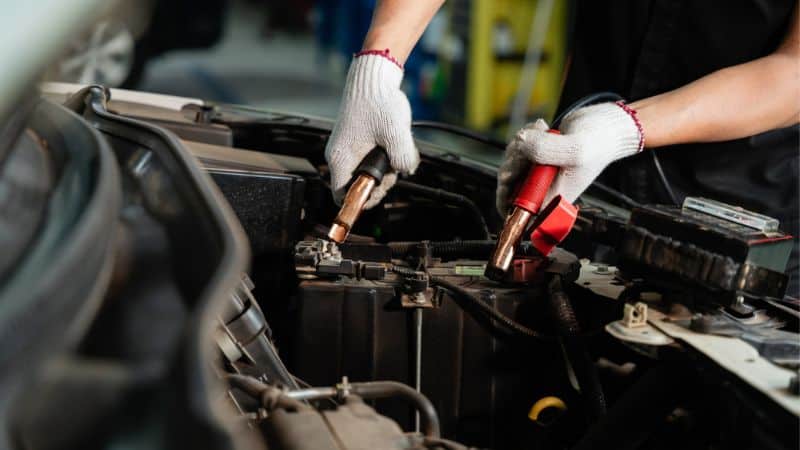
The fuel pump is a power-hungry device that takes power from the battery. If your battery is discharged, it won’t supply sufficient power, and your fuel pump will not work.
If you’ve stored your bike for over a week, I advise you to jumpstart your motorcycle to charge the battery.
Related: Can You Jumpstart Motorcycle With a Car?
Typically, a Lead-Acid battery lasts 1 to 2 years if maintained properly. Over time, the lead acid battery loses its power-holding capacity.
If your battery is aged, I recommend replacing it immediately because a defective one can damage your electrical components.
6. Replace the Fuel Pump Motor
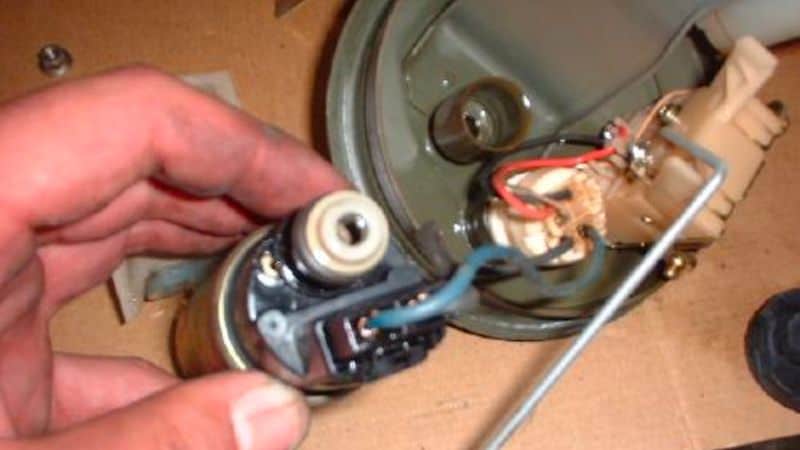
If you’ve inspected everything and tried the recommended solution, but your motorcycle fuel pump is still not working, it indicates a major fault with the motor.
To fix this, you need to replace the entire fuel pump. I recommend you install an OEM fuel pump for better performance and mileage.
How To Maintain A Motorcycle Fuel Pump?
The fuel pumps easily last over 30,000 to 40,000 miles if maintained properly. It means you don’t need to replace your motorcycle fuel pump frequently.
The biggest enemy of a fuel pump is dirt and debris, which clogs the fuel supply line, and the motor works harder and overheats ultimately.
The gasoline helps in heat dissipation of the fuel pump motor. You should always keep 1 to 1.3 gallons of fuel in the fuel tank every time to prevent a dry run.
Also, if the fuel level drops below the minimum mark, the pump starts sucking the contaminants on the bottom of the fuel tank.
These contaminants clog the fuel supply line and filters, leading to overheating. Due to overheating, the coil windings burn, and the pump stops working.
So, always keep your motorcycle fuel pump above the minimum level marked by your motorcycle manufacturer.
Can You Repair A Motorcycle Fuel Pump?
Motorcycle fuel pump motors can be repaired but require effort and time. Moreover, extensive knowledge of the electrical and electronics fields is required. So, repairing a fuel pump is not feasible, so people prefer to replace that.
How Do I Know If My Fuel Pump Is Priming?
It’s pretty simple to understand whether your motorcycle fuel pump is working. Set the kill switch to the run position and turn on the ignition key.
When you turn on the ignition key, you’ll hear a low humming buzz inside your fuel tank for 2-3 seconds. This humming buzzing sound indicates your motorcycle fuel pump is priming.
Conclusion
A motorcycle fuel pump stops priming because the battery won’t supply the necessary voltage due to a blown fuse, faulty relay, or drained battery. Follow the above guide to fix the pump priming issue on motorcycles.
I hope you found this guide helpful. Show your love in the comment box, or ask me your motorcycle-related questions.
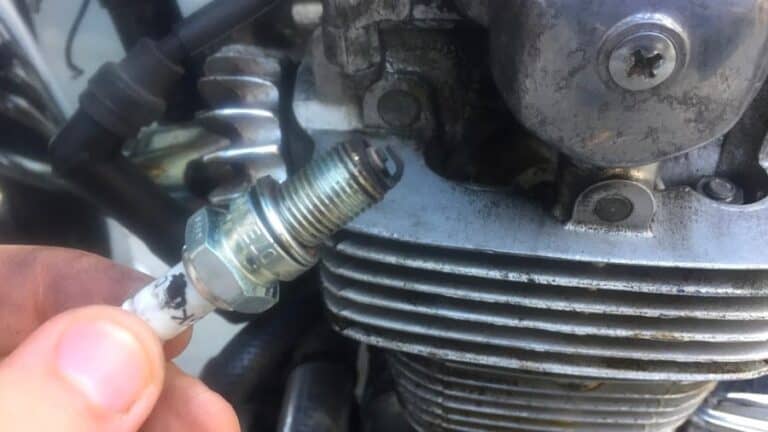
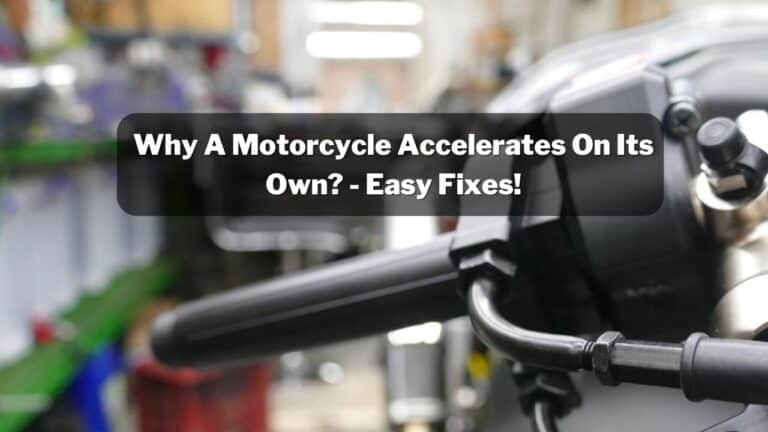

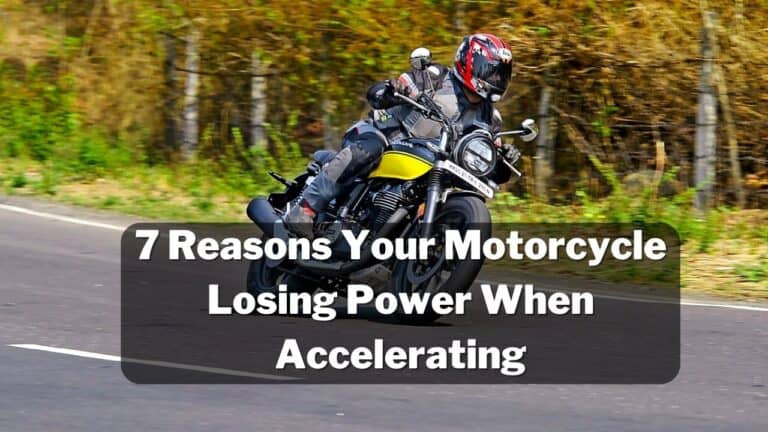
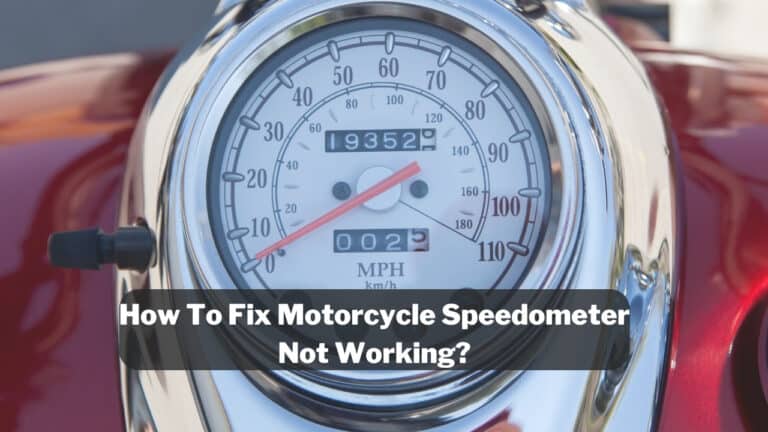
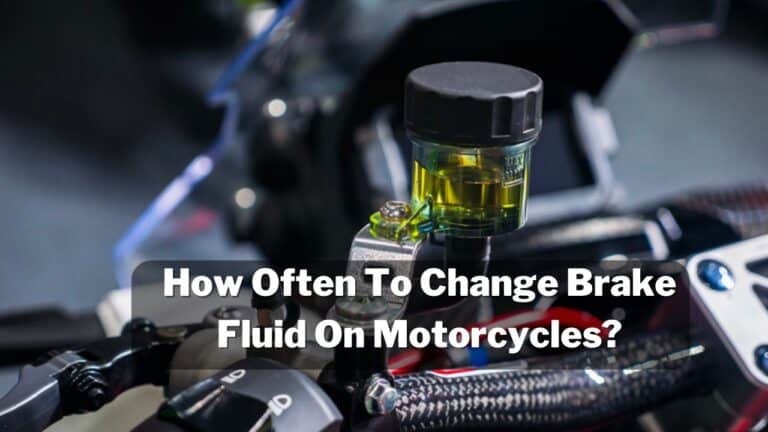
Hey people!!!!!
Good mood and good luck to everyone!!!!!